Besiders
If Rivers Could Talk
Colleen Cooley is part of a growing number of Indigenous river guides who bring a vital understanding of the importance of water to their work in the outdoor recreation industry.
Text—Mark Mann
Photos—Spruce Tone Films LLC
A faucet is a miracle. Turn the knob and life itself comes pouring out, so easy and abundant you could just leave it running while you brush your teeth. Most of us take water for granted, pour it down the drain like aristocrats. But Colleen Cooley doesn’t.
Near the town of Shonto in Navajo Nation where Cooley grew up, all the water that her family used and consumed — for themselves, for their livestock, for the corn they grew — had to be brought to their house from 15 km away. To this day, they still pump and transport it in a giant, 500-gallon tank that sits in the bed of their truck.
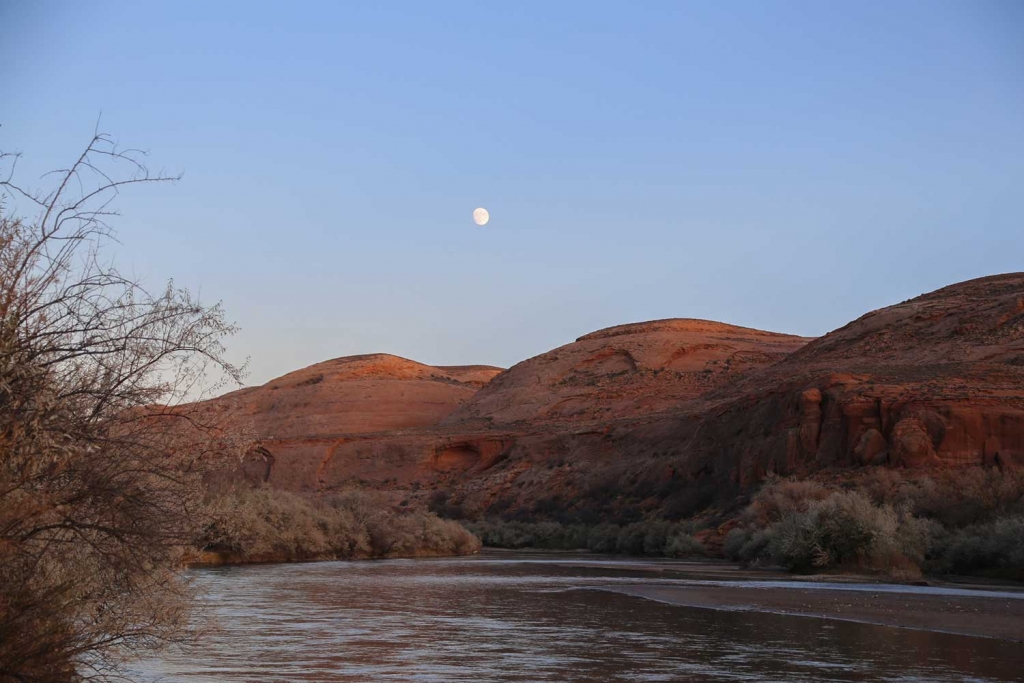
“Most people don’t know where their water comes from, but we do, because we haul it from point A to point B. And when we use it, we use very little of it. When you have to do that as an individual, then you realize how much water is limited, and you learn to appreciate every little drop of it,” Cooley explains to me over the phone.
Her people’s relationship to the water goes beyond conscientious consumption. The concept that “Water is life” is enshrined in the Navajo understanding of the world and embedded in their relationship to the environment. “We connect to everything around us,” she tells me. “The land, the water, the animals: we see them as our relatives. We see them as living beings, that they are sacred, that they can teach us a lot of things.”
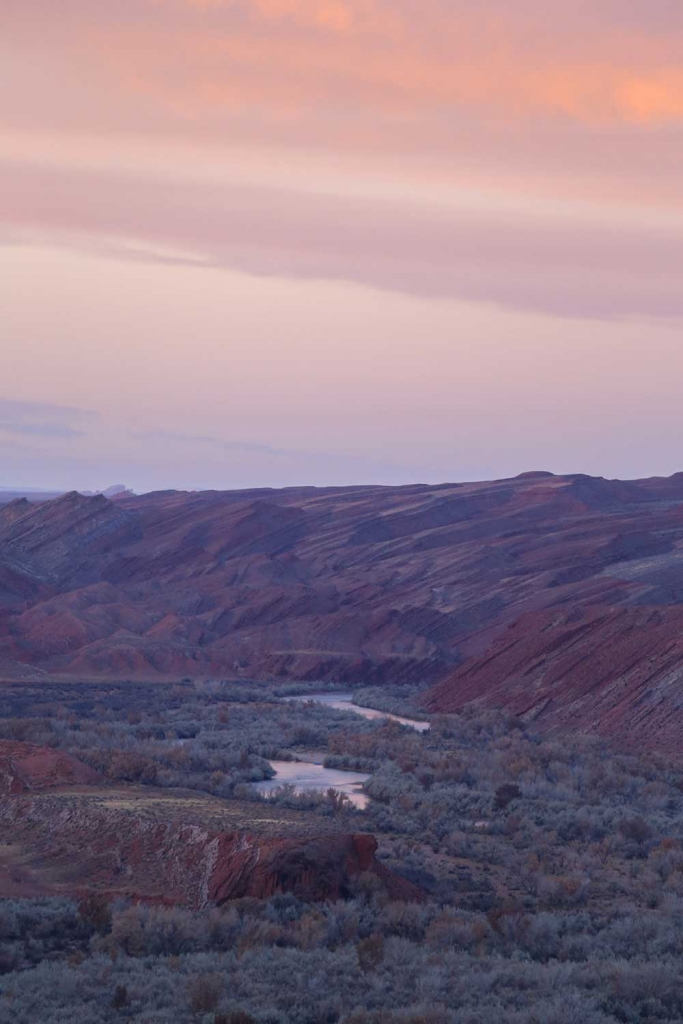

Cooley has spent the last 12 years labouring to promote awareness and understanding of the vital importance of water. As an Indigenous person, her work necessarily entails talking about “our history and our stories and our connections.” Shortly after she started advocating for water, Cooley’s journey as an environmental educator led her to begin spending her summers as a guide on the San Juan River, where she provides much-needed Indigenous perspective to tour groups travelling the waterway. “The river is a powerful being,” she says.
The outdoor recreation industry has long excluded the voices of Indigenous people. ”Whether it’s ski resorts, lakes, climbing areas, national parks, or monuments, all of these places have a story and a history that has often been overlooked. Indigenous peoples were forcibly removed from these spaces,” says Cooley, who has a master’s degree in climate science and solutions from North Arizona University.
“Now more than ever, some of us are in the outdoor industry to tell our perspectives, to try to advocate for acknowledgement of what happened … and to move forward in a better or a positive way.”
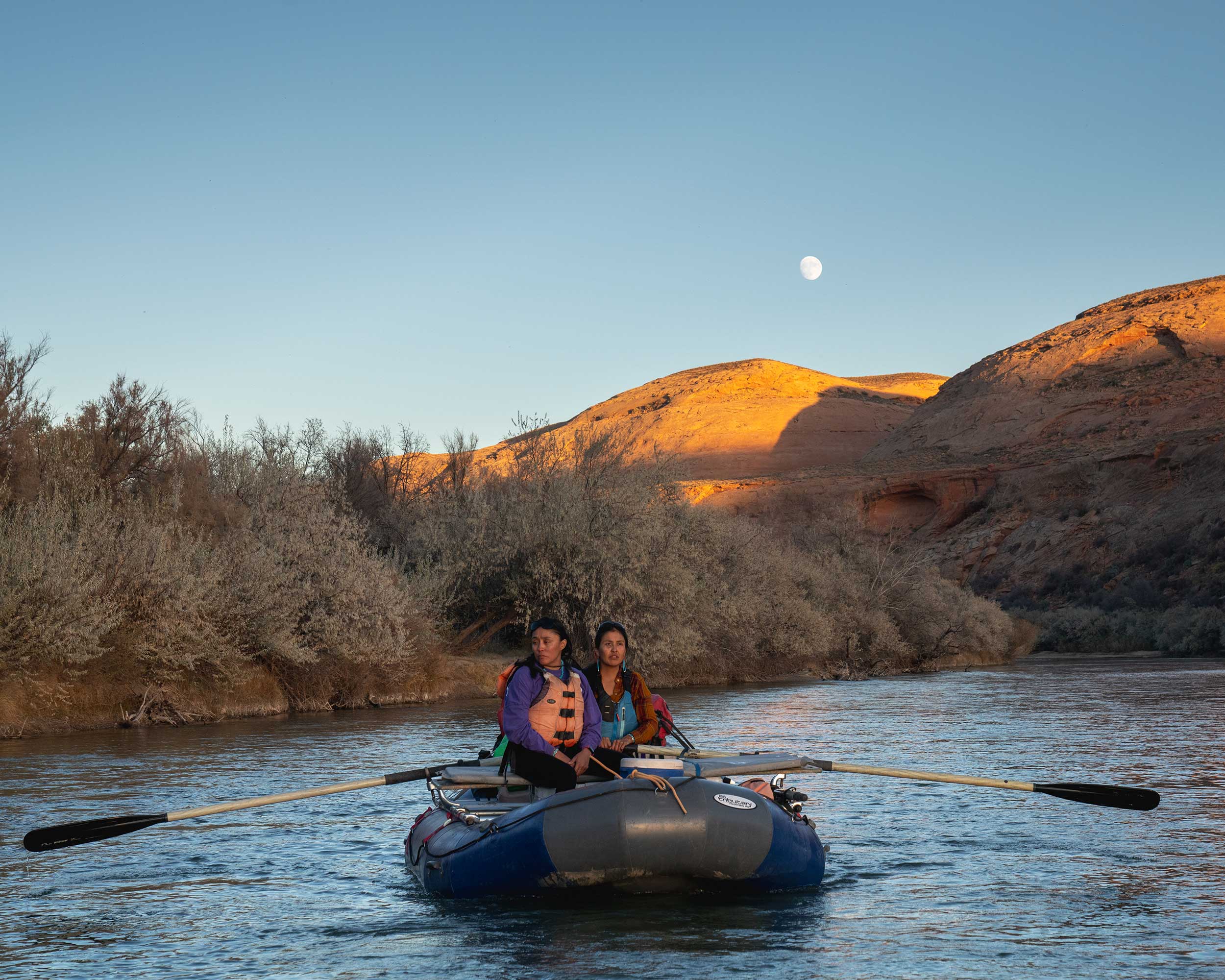
When she started, Cooley was one of just a handful of Indigenous guides on the section of river where she works. Today, that number has increased. “Some river companies are starting to notice and acknowledge the need for more interpretation by the local Indigenous peoples that live in those regions,” she says. But it’s not easy and there’s a long way to go. “I think in general for Native people to have access to some of these places can be challenging: not seeing the people that look like you, that can be a role model for you. I want to share and be that role model for other guides, especially our own people.”
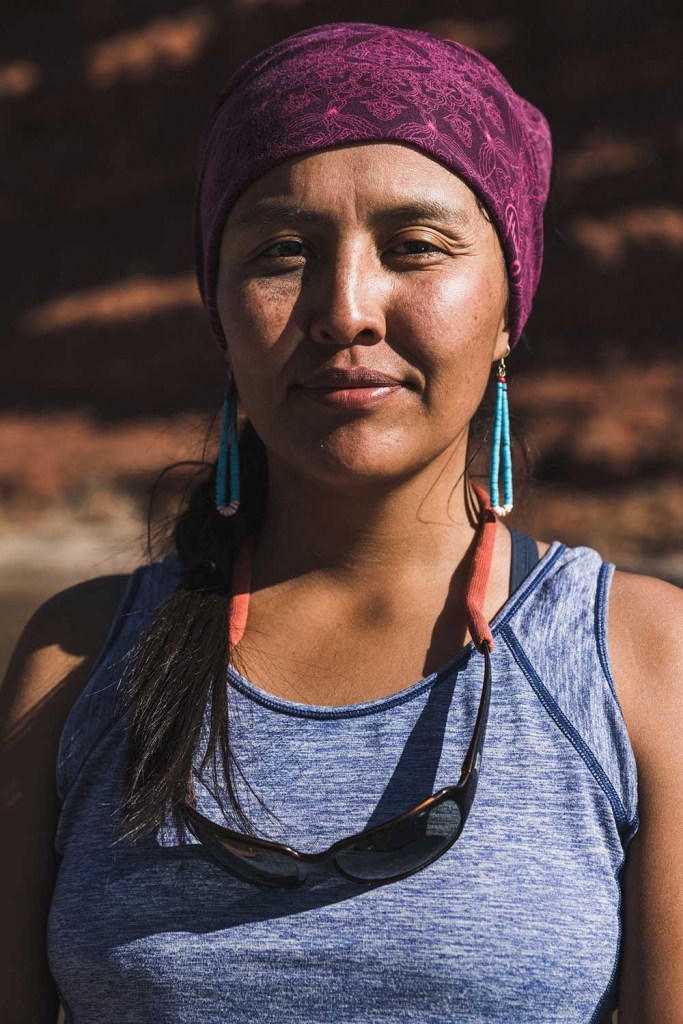
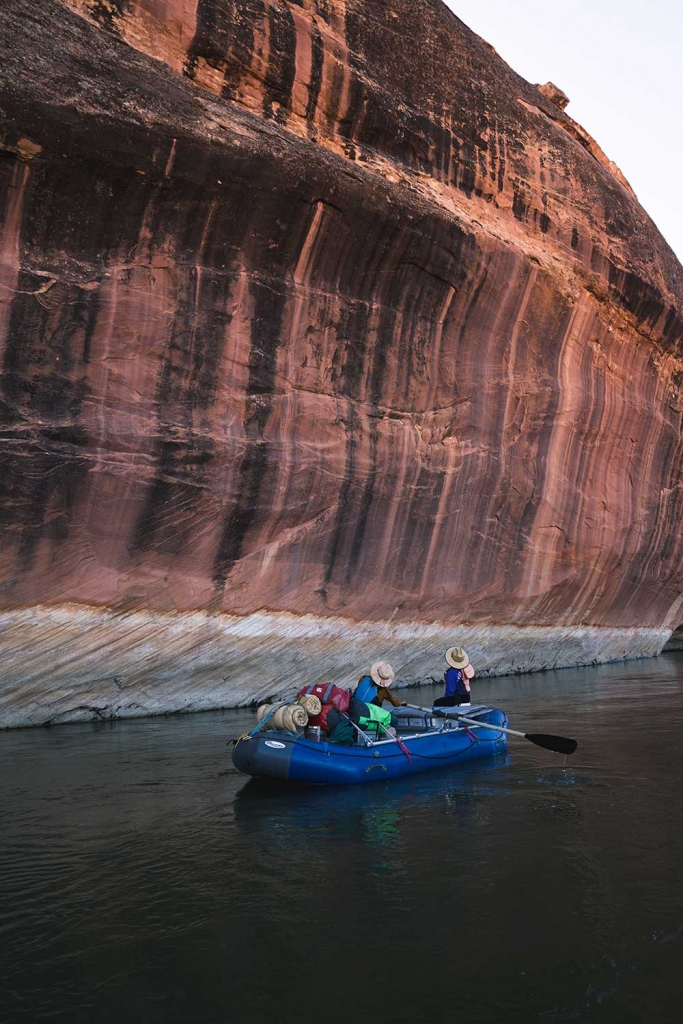
Travelling along a 42-km stretch of the San Juan River, Cooley leads visitors past petroglyphs and pictographs left there by Ancestral Puebloan cultures. Cooley discusses all aspects of the river: the archaeology, the geology, and the biology. She offers a holistic view of the region. “The interpretation I give is my connection and my experiences. Some of the stories I have for those places can be personal, or things I’ve learned from other guides or my parents and relatives.”
Colleen Cooley was the subject of an 11-minute documentary by Spruce Tone Films titled Water Flows Together. The film features Cooley’s personal journey as a guide on the San Juan River in order to highlight Indigenous views on issues of water resource management, which are often missing from larger discussions about conservation. Water Flows Together premiered at Telluride’s Mountainfilm Festival in May 2020.
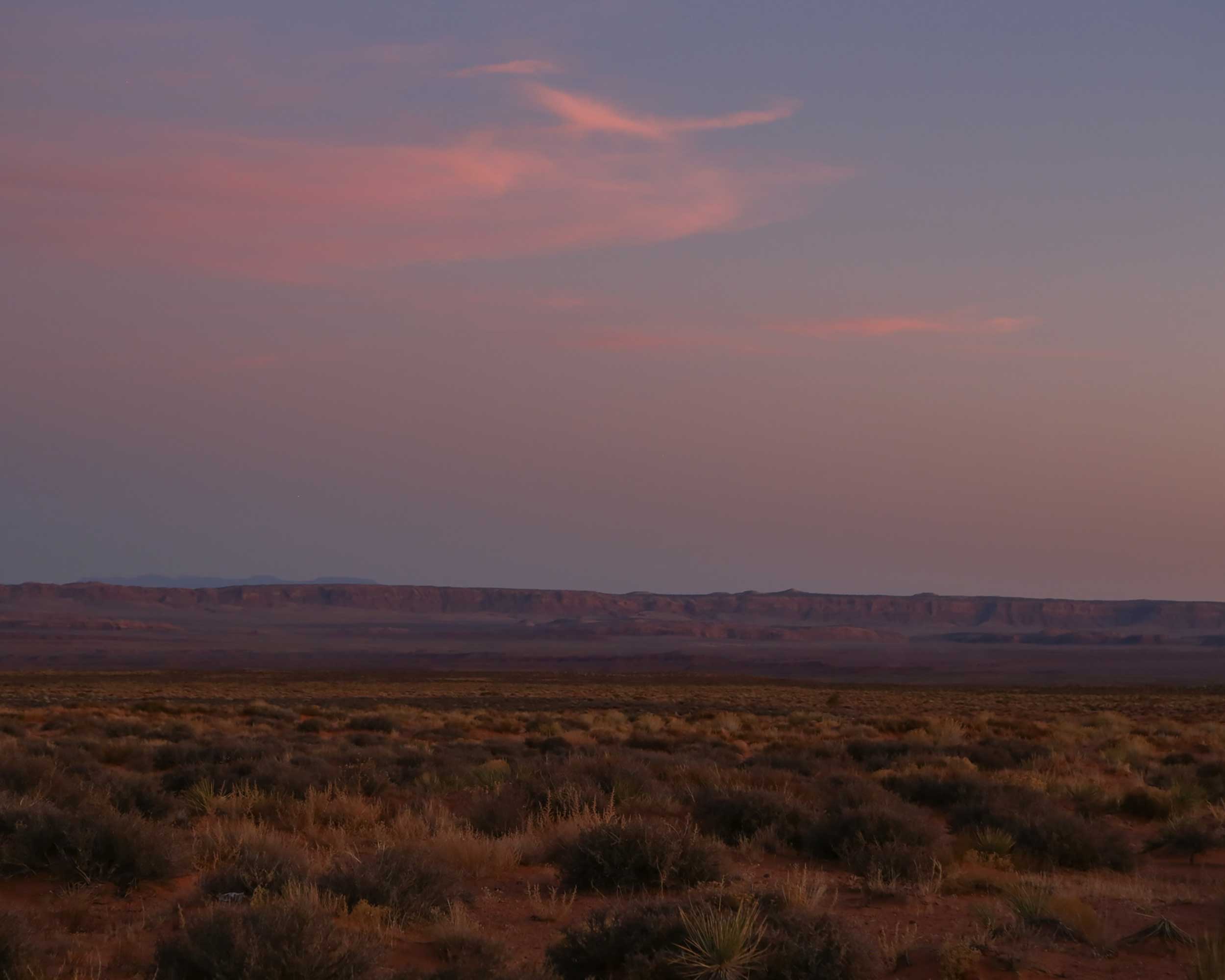
Creating water awareness
_____
The San Juan River is a tributary of the Colorado River and a critical source of irrigation and domestic water supply for New Mexico, Utah, and Arizona. It is also crucial to the Navajo Nation, a vast territory of over 43,000 km2 that’s home to 250,000 people. But Cooley doesn’t get caught up in the technical and legal boundaries that attempt to define the landscape. “The way I see it, it’s Indigenous land,” she says. “There were a lot of different communities and cultures that lived in that area. It’s not just home to us. It’s important and significant to the Hopi and the Zuni and other Puebloan cultures.”

Navajo access to clean water has been under assault since colonizers first came to their land. In the middle decades of the 19th century, the U.S. government waged a protracted war on Navajo people, culminating in a “scorched earth” campaign that ultimately forced them from their land in 1863. Survivors were marched over 600 km to an internment camp with polluted water. Five years later the “Navajo Indian Reservation” was established, which later became Navajo Nation, and over the subsequent century and a half, their territory expanded to what it is today. But the threats to their water supply have persisted.
In the 20th century the Navajo Nation bore an enormous burden for America’s escalating nuclear tensions with the Soviet Union when their lands were tapped for widespread and intensive uranium mining.
Ready sources of clean water are already limited in the region, where annual rainfall is only 300 to 400 mm, but the Cold War made this precarious situation much more difficult, as effluent from uranium mines poisoned hundreds of springs and wells. The Environmental Protection Agency has mapped 521 abandoned uranium mines on Navajo land, which range from “small holes dug by a single prospector into the side of a mesa to large commercial mining operations.”
Today the nation still struggles to access safe water, and one in three Navajo citizens doesn’t have indoor plumbing. Poor planning and climate change threaten to further diminish the amount of available clean water. “Wells have dried up because of the over-extraction of water,” says Cooley. “Aquifers have been decreasing for years, and they’re not being replenished because there’s not enough rain.”

“Once your water is threatened, it’s really challenging to continue living in that area, but we really wouldn’t have another place to go,” Cooley explains. “The land and the homes have been passed down to people through the families.”
Cooley now works as a research specialist for the Tribes & Climate Change Program at the Institute for Tribal Environmental Professionals, which provides tools, resources, and technical assistance to tribes that want to create climate adaptation plans and vulnerability assessments. And she still leads tours on the San Juan River in the summer. Whether she’s helping people prepare for climate change or providing interpretation on the river, Cooley’s message remains clear: “Water is part of us. It is essential for the survival of all living beings. We need it to be protected.”
Never Miss Another Issue
Two issues per year
25% OFF previous issues
Free Shipping in Canada